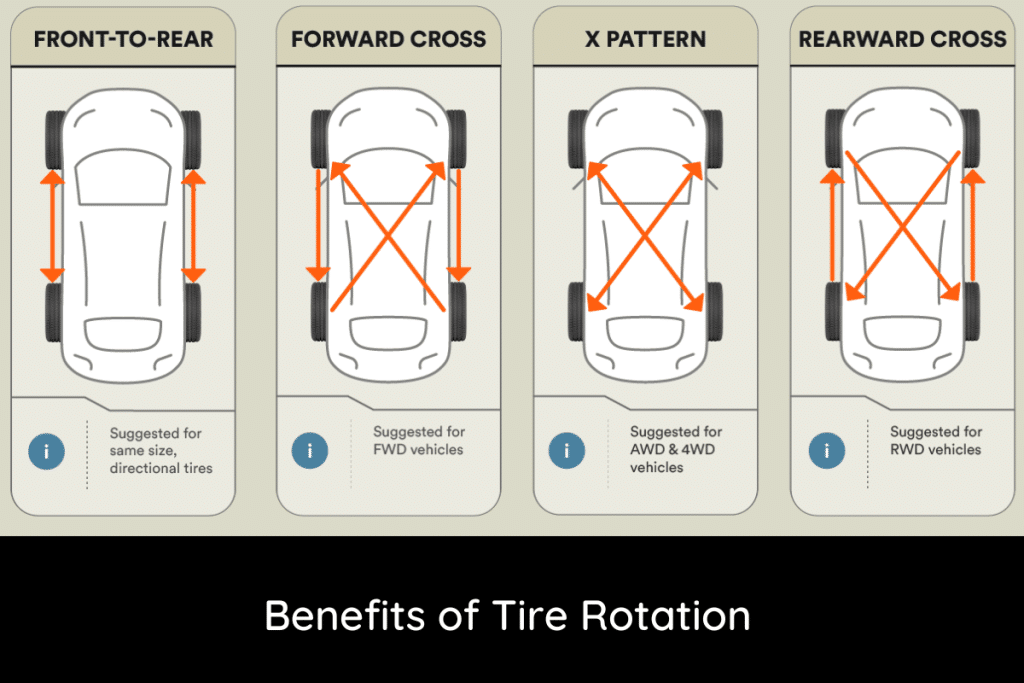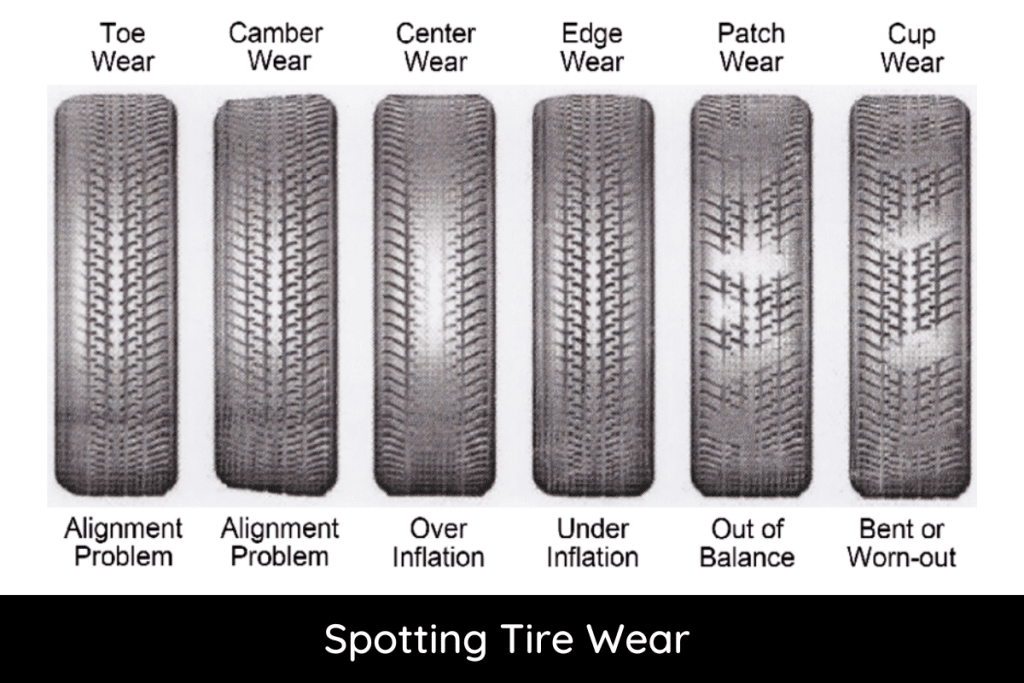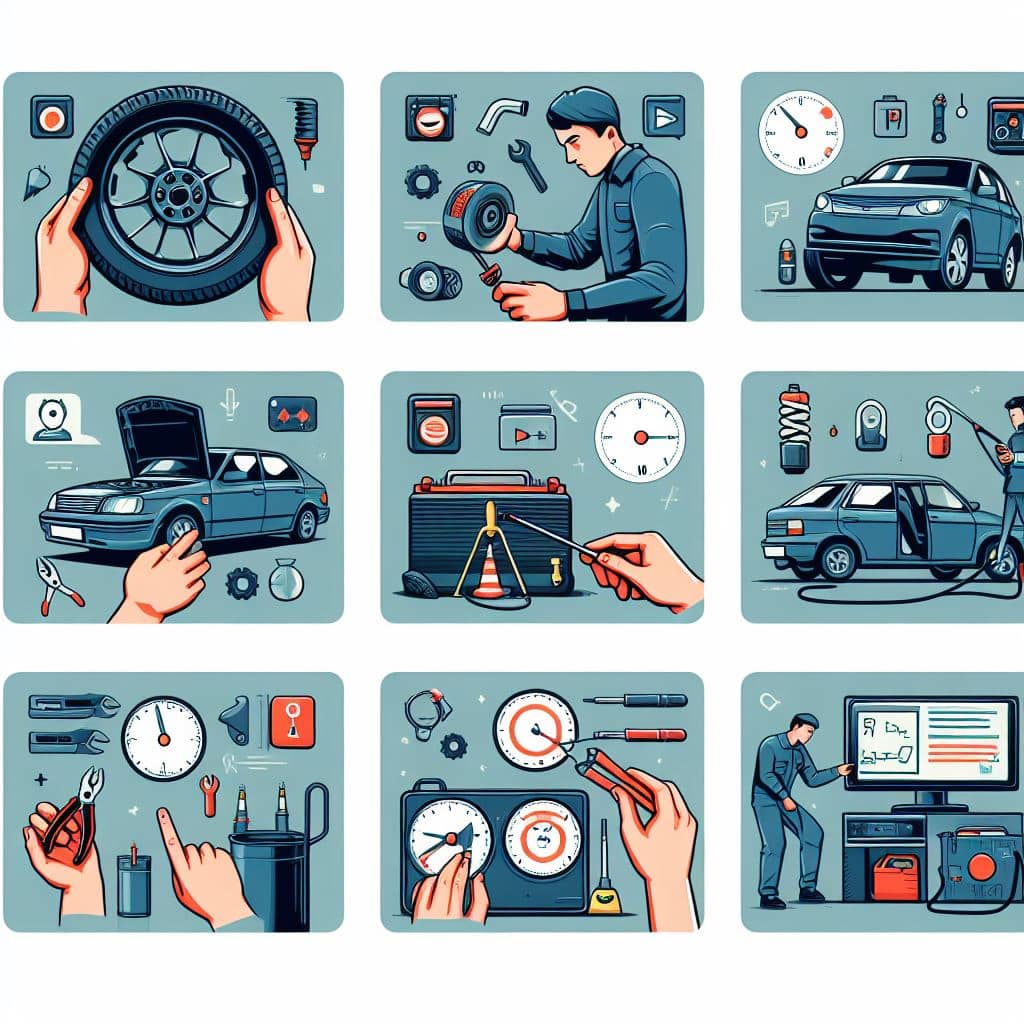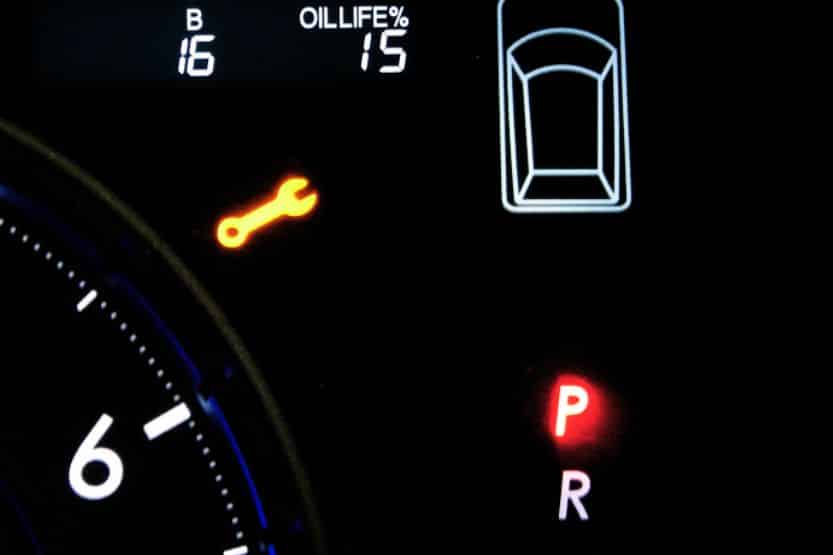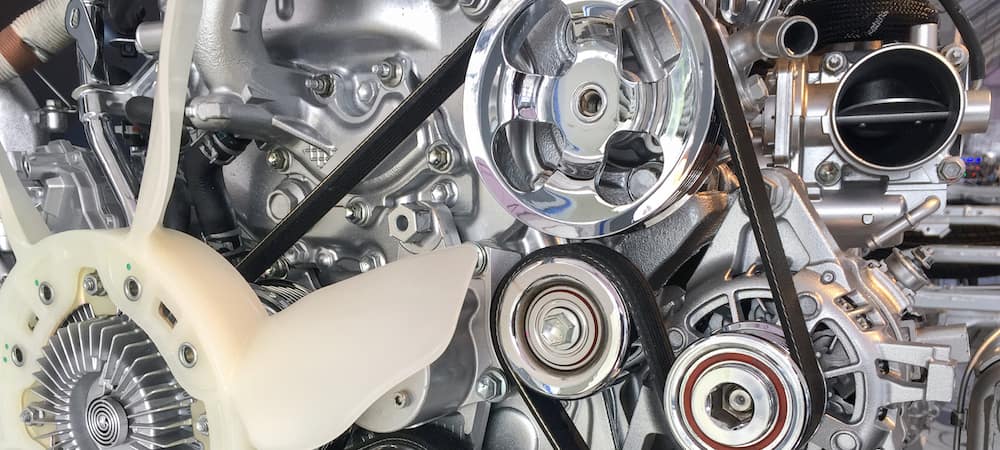If you are like most people, you probably freak out as soon as you see the check engine light turn on in your car. You may think that it is the end of the world and that you must take your vehicle in for expensive repairs. However, this is not always the case. In many cases, the check engine light is a warning sign that something must be checked out. It does not necessarily mean a significant problem with your car.
A check engine light is a warning symbol on the dashboard of a car, and it usually means that there is a problem with the car’s engine. There are a few ways to reset the check engine light without disconnecting the battery. Further, we will be discussing how to reset the check engine light without disconnecting the battery.
What To Do When The Check Engine Light Comes On?

When the check engine light on your dashboard illuminates, it’s important to take notice and address the issue as soon as possible. The first step is to check for any obvious problems, like a loose gas cap or faulty spark plugs.
If these potential solutions do not work, bring your vehicle in for a diagnostic test. Ignoring the check engine light can lead to costly repairs down the road, so don’t delay in seeking professional help when necessary.
How To Reset The Check Engine Light Without Disconnecting The Battery?
Resetting the check engine light without disconnecting the battery can be done by locating the onboard diagnostics (OBD) port and using a diagnostic tool to reset the codes. This method is safer than disconnecting the battery and can also provide valuable information about any underlying issues with your vehicle. Overall, while disconnecting the battery may work in most cases, using a diagnostic tool is a more reliable way to reset the check engine light without risking damage to your car’s electrical system.
You first need to connect the tool to your car’s OBD connector, which can be found under the dash. Once it is plugged in, turn on the tool and follow the instructions to clear the codes. This process will delete any stored codes in the system and turn off the check engine light. However, it’s important to note that this is only a temporary fix. The underlying issue that caused the check engine light to come on in the first place will still need to be addressed. Otherwise, the check engine light will eventually come back on.
Another method to reset the check engine light is to turn the ignition on and off for three times. It will also reset the check engine light, but it is not as accurate as using a diagnostic tool. This is a quick and easy method, but it’s important to note that it may not work in all cases.
Also, what you can do is try tightening your gas cap. A loose or damaged gas cap can trigger the check engine light. If this is the case, the light will turn off once you tighten or replace the gas cap.
If you want a more permanent solution, you will need to fix the problem that is causing the check engine light to come on in the first place. Only then can you reset the check engine light for good and keep your car running smoothly.
What Could Be Causing The Check Engine Light To Come On?
When your check engine light illuminates, it can be a source of stress and confusion. However, there are several common reasons for this warning to appear. One possibility is a loose or faulty gas cap, which can cause fuel vapors to escape and throw off the emissions system.
Another potential issue is an oxygen sensor malfunction, which can cause the engine to run less efficiently and harm its performance. The check engine light can also indicate problems with the catalytic converter, spark plugs, or mass airflow sensor.
An oil change can also affect the check engine light.
While these issues vary in severity, it’s important to address them promptly in order to keep your car running smoothly and avoid expensive repairs down the road. It’s always best to consult a professional mechanic when dealing with check engine light concerns. They have the tools and expertise to diagnose and fix any underlying issues properly. Keep in mind that ignoring the check engine light can lead to long-term damage to your vehicle’s engine, so don’t hesitate to take action when necessary.
How To Prevent The Check Engine Light From Coming On In The Future?
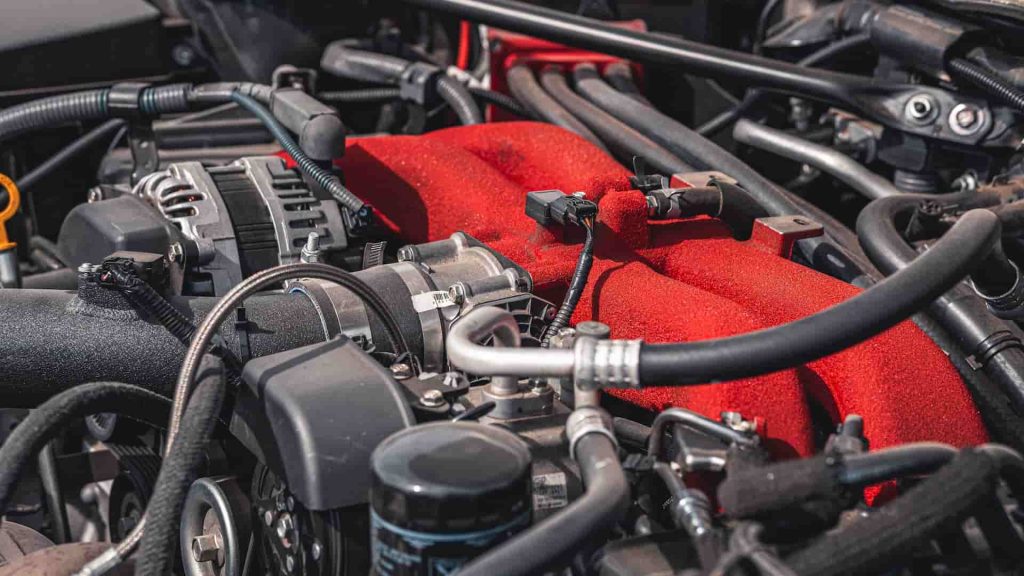
The dreaded check engine light can be a source of frustration and confusion for many drivers. However, there are certain steps that can be taken to prevent it from coming on in the first place.
First and foremost, regularly scheduled maintenance is key. This includes routine oil changes, tire rotations, and checking fluid levels.
If a specific issue arises, it is important to address it immediately rather than waiting for it to potentially worsen and trigger the check engine light. It is also important to make sure that the gas cap is tight and not leaking, as this can often trigger the light. Following these simple tips can help prevent the check engine light from coming on in the future.
Will The Check Engine Light Go Off By Itself?
In some cases, the check engine light may go off by itself after a short period of time. This is often the case with loose or faulty gas caps, which can cause fuel vapors to escape and trigger the light.
However, if the check engine light is caused by a more serious issue, it will not go off until the problem is addressed. Ignoring the light can lead to long-term damage to your vehicle’s engine, so it’s important to take action as soon as it comes on.
Conclusion
The next time your check engine light comes on, don’t panic. Just follow the steps in this blog post, and you’ll be able to reset it without even disconnecting your battery. And if you want to prevent it from coming on in the future, just make sure to keep an eye on your gas cap and top off your fluids regularly.


